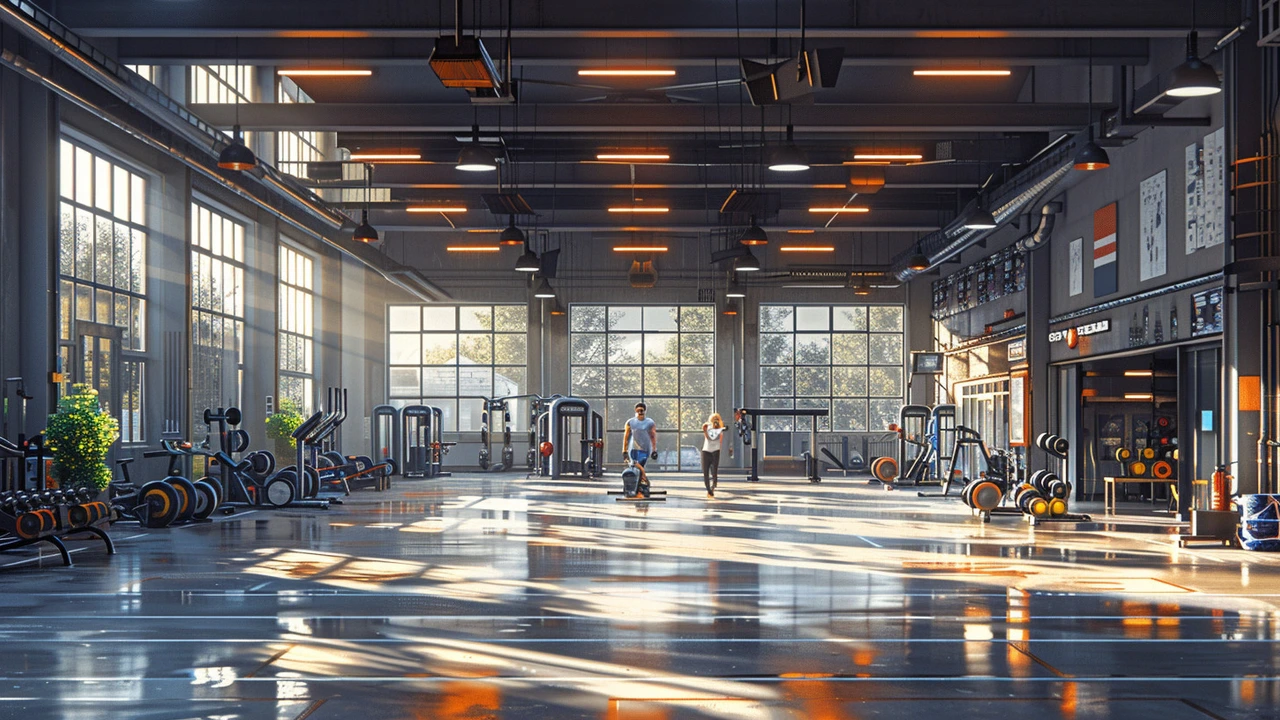Bone Density: Practical Tips to Build and Protect Strong Bones
Your bones are living tissue — they change with what you eat, how you move, and even how you sleep. Most people reach peak bone mass around age 30, then slowly lose bone over time. The good news: simple daily choices slow that loss and even improve strength. Here are clear, usable steps you can start today.
Eat and supplement for stronger bones
Calcium and vitamin D are the basics. Aim to meet your calcium needs with food first — dairy, canned salmon, sardines with bones, tofu, leafy greens. Most adults need about 1,000–1,200 mg of calcium per day depending on age and sex. If you don’t get enough from food, a supplement can help.
Vitamin D helps your body absorb calcium. Sunlight gives vitamin D, but if you live in a cloudy place or spend most time indoors, consider a supplement. Common daily doses people use range from 600–1,000 IU, but check with your doctor for the right amount for you.
Don’t forget protein. Bone needs protein to stay strong, so include a source at meals—beans, eggs, fish, dairy, or lean meat. Cut back on excess salt and processed food, which can increase calcium loss in urine.
Move the right way and prevent falls
Not all exercise helps bone the same. Weight-bearing activities where your feet and legs support your weight are best: brisk walking, hiking, dancing, stair climbing. Add resistance training—free weights, resistance bands, or bodyweight moves—two to three times a week to build bone and muscle.
Balance and flexibility matter too. Simple balance work—standing on one leg, heel-to-toe walking, or a short yoga routine—cuts your fall risk. If you’ve had a fracture or have balance problems, talk to a physical therapist for a safe plan.
Home safety is part of bone health. Remove loose rugs, improve lighting, install grab bars in bathrooms, and wear sturdy shoes. One fall can cause a serious fracture, so small changes at home pay off.
Certain medicines and health issues speed bone loss. Long-term steroids, some anti-seizure drugs, and untreated hormonal problems can harm bone. If you take chronic medication or have conditions like rheumatoid arthritis or early menopause, ask your doctor about your bone risk and whether a DEXA scan is right for you.
DEXA scans measure bone mineral density and help decide if treatment is needed. Women are often screened around age 65, men around 70, or earlier if risk factors exist. If your scan shows low bone density, your doctor can suggest lifestyle changes and medicines that reduce fracture risk.
Small, consistent steps add up: eat for bone, lift or walk regularly, protect against falls, and check in with your doctor about screenings and meds. Want a simple weekly plan or exercise examples you can do at home? I can write one that fits your routine—tell me how active you are and what you like to do.

Unlocking the Comprehensive Health Benefits of Weight Lifting Beyond Muscle Building
Weight lifting isn't just a domain for bodybuilders seeking muscle mass. It's a multifaceted exercise regime that packs a plethora of health benefits, from enhancing mental health to increasing bone density and metabolic rate. This article delves into the often-overlooked advantages of weight lifting that go beyond mere physical aesthetics, illustrating how incorporating it into your routine can lead to a healthier, more balanced lifestyle. It also dispenses practical tips for beginners and sheds light on how weight lifting can be a life-changing habit.
Read More